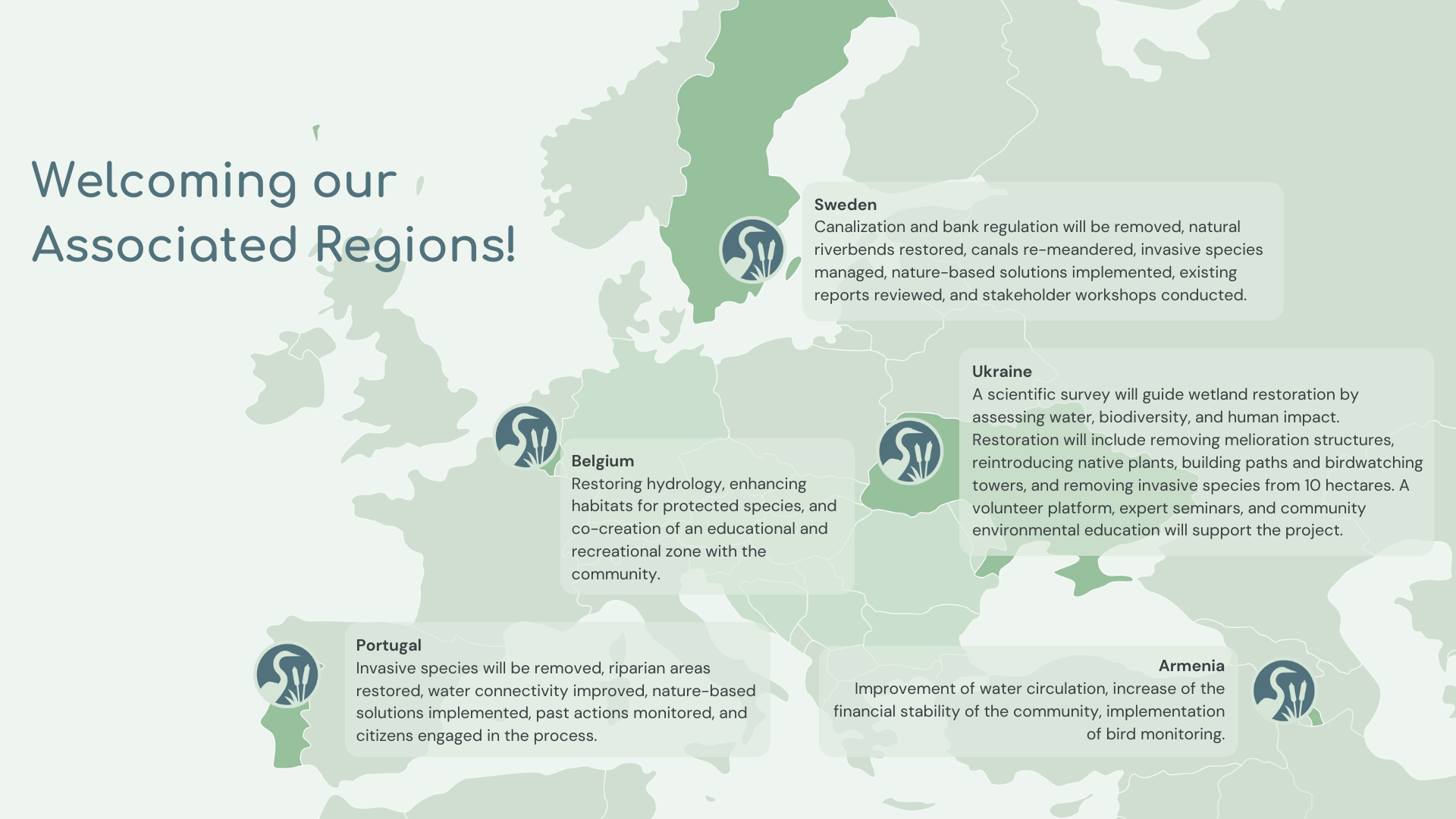Executive summary
The aim of this bachelor thesis is to find out whether the Flora Incognita app and Ellenberg’s method of ecological indicator values are suitable for use by citizen scientists to assess the state of renaturalisation of floodplains. It is investigated to what extent the various sites in the Sierndorfer Hufeisen study area differ in terms of herbaceous vegetation and whether the indicator values can provide information about the condition of the habitats or not. Furthermore, it will be explored what statements generally can be made about the condition of renaturalised floodplains with a rough on-site survey and the use of apps such as Flora Incognita and what should be considered if this is done by citizen scientists. In the area studied, the herbaceous vegetation at five different locations along a moisture gradient was analysed in more detail. The plants were identified using the AI plant recognition app Flora Incognita. The ecological indicator values of the identified plants were then determined in six categories. An attempt was made to compare the sites on the basis of the mean ecological indicator values. The results show that the herbaceous vegetation at the various sites differs greatly from one another, both in the type of plants and in the number of species. Furthermore, the mean ecological indicator values according to Ellenberg provide initial indications of the vegetation analysed in the Sierndorfer Hufeisen. There are significant differences between the analysed sites, particularly in the categories “moisture” and “nitrogen”. Finally, it can be concluded from the results that the use of Flora Incognita is suitable for roughly recording the vegetation conditions of renaturalised floodplains. Even if the app is not flawless, the potential for citizen scientists is great.

